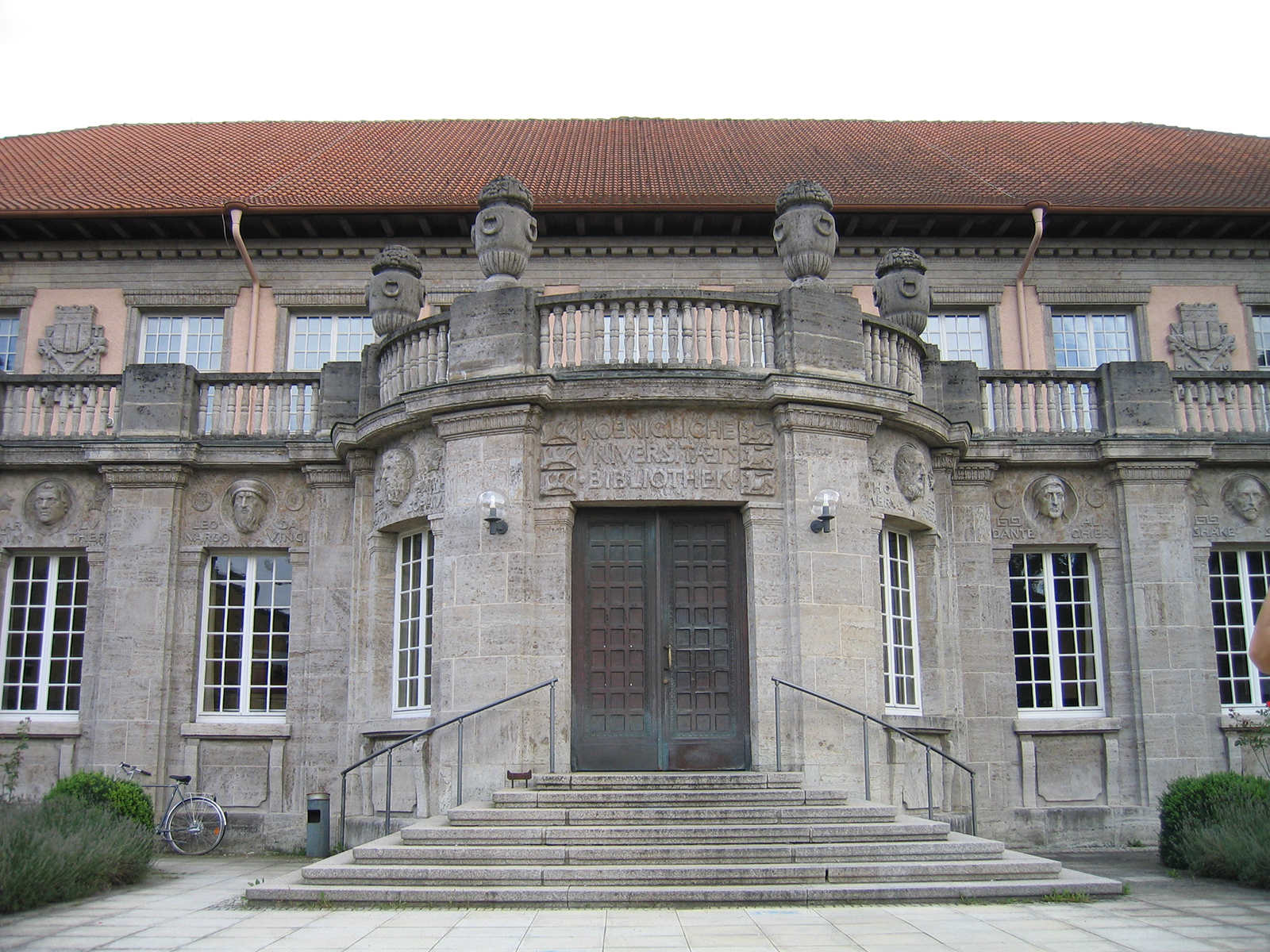University of Tübingen: Roman coins as a mass medium
The Collaborative Research Center 1391 “Other Aesthetics” at the University of Tübingen is presenting the digital exhibition “In the eye of the beholder. The Aesthetics of Roman Coins”. The exhibition, which was developed together with students, deals with Roman coins as a means of payment but also as a mass medium in antiquity.
Due to the Covid-19 pandemic, the concept, originally intended as a face-to-face exhibition, was implemented in the eMuseum of the Digital Coin Cabinet at the Institute for Classical Archaeology, in cooperation with the Museum of the University of Tübingen MUT.
From October 1, 2022, the exhibition will be on the eMuseum website . For the opening event
on Friday, September 30, 2022 at 3 p.m.
in the Knights’ Hall of Hohentübingen Castle
the interested public is cordially invited.
Roman coins are special objects. They were the official currency of the Roman Empire and thus one of the most important mass products of the pre-modern era. Due to the variety of images and texts depicted on the coins, they can rightly
be considered the first mass medium of antiquity.
In their very own monetary function, they reached the most remote corners of the empire and were thus able to communicate messages from the imperial administration to people who could never have been reached in any other way.
Roman coins differ fundamentally from their modern relatives in terms of their aesthetics – both in their external material appearance and in their functional significance as a means of communication. This is exactly where the exhibition comes in and presents five perspectives on the coins that were important in the ancient world: pretty and ugly / portraits / depictions of nature / dynasties / role models. The range of topics makes it clear: the beauty or specialness of these objects is and was truly in the eye of the beholder.
The exhibition was created with students in the SFB sub-project “Impressive Images. The Aesthetic(s) of Coins in the Roman Empire” and is the latest of a total of six digital and analogue exhibition projects that the Collaborative Research Center Other Aesthetics has implemented over the past four years.

